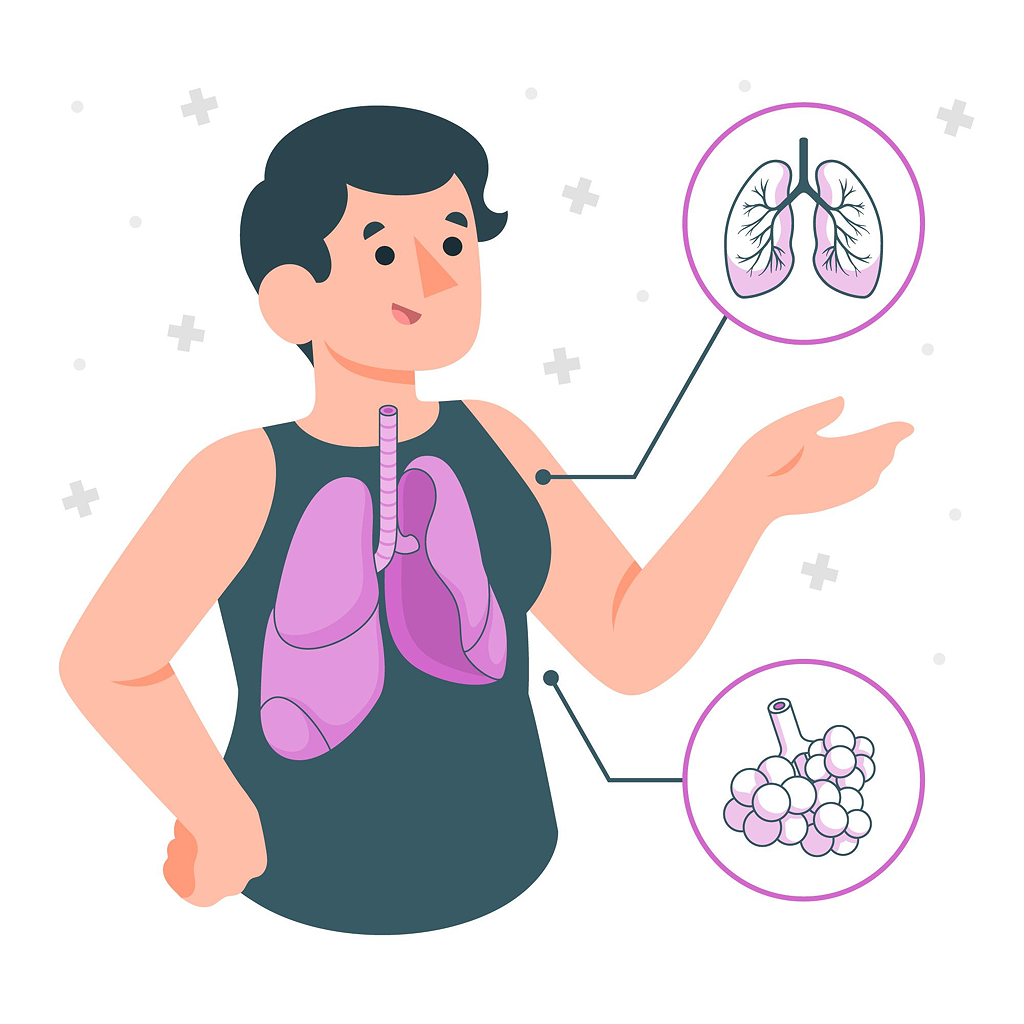Lung damages of malaria: a differential diagnosis and treatment in emergency room of a rare case

All claims expressed in this article are solely those of the authors and do not necessarily represent those of their affiliated organizations, or those of the publisher, the editors and the reviewers. Any product that may be evaluated in this article or claim that may be made by its manufacturer is not guaranteed or endorsed by the publisher.
Authors
Pulmonary involvement occurs in 3 to 10% of the cases of Plasmodium falciparum malaria and represents the most severe complication of this infection, with a lethality of about 70%. The antigens released by the parasite play an important role in the induction and worsening of lung damage. Capillary endothelial cells, which control the flux of fluids to the interstitial space, appear to be the most complicated structures. The clinical manifestations of pulmonary involvement may start suddenly at any time during the course of malaria, even after the disappearance of the circulating parasite. Hyperparasitemia predisposes to these factors. Treatment with corticosteroids is optional, and that is not often a benefit.
Supporting Agencies
No financial support was necessary for the conduct of this study. None of the authors have conflicts of interest.How to Cite

This work is licensed under a Creative Commons Attribution-NonCommercial 4.0 International License.






